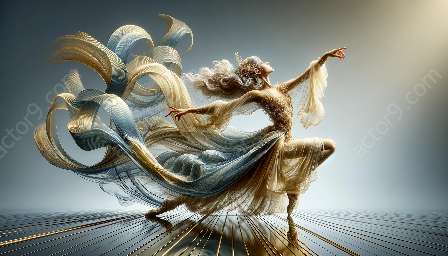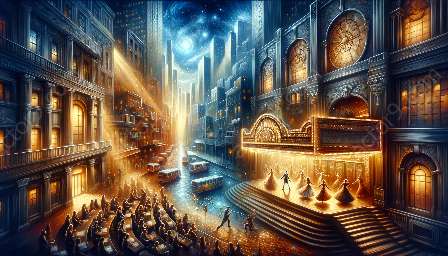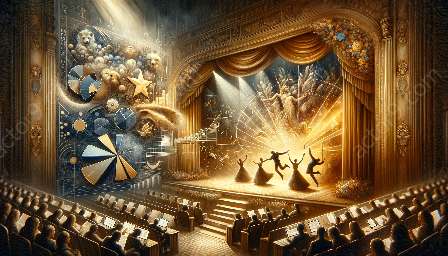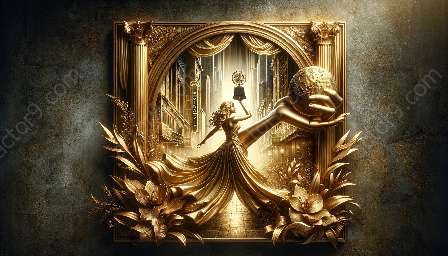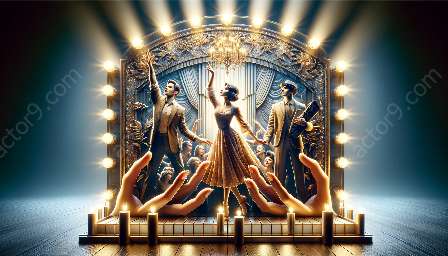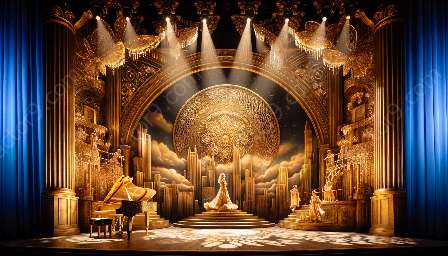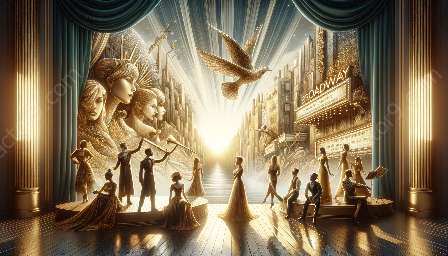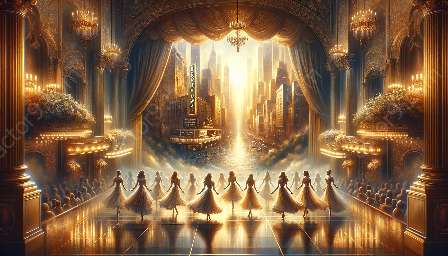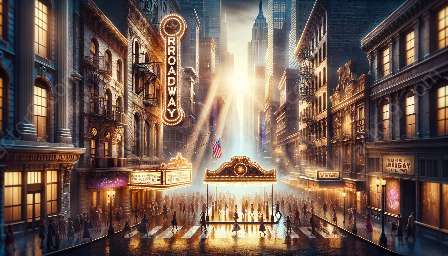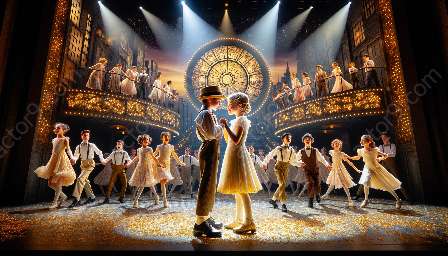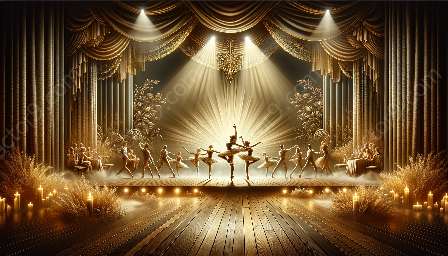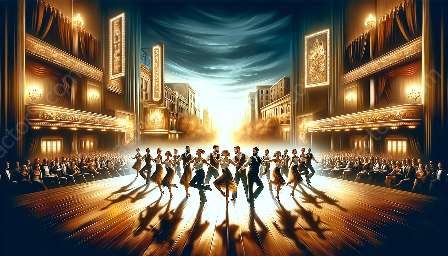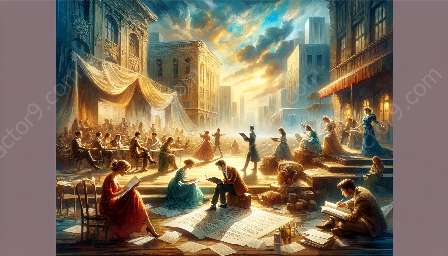Modern dance has played a significant role in shaping the landscape of Broadway and musical theater. From its early influences to its impact on contemporary productions, the history of modern dance in Broadway is a rich and dynamic narrative encompassing pioneering choreographers, iconic productions, and the evolution of dance in the Broadway scene.
Early Influences and Pioneers
The roots of modern dance in Broadway can be traced back to the early 20th century, with the emergence of influential figures such as Isadora Duncan, Martha Graham, and Doris Humphrey. These choreographers revolutionized dance by breaking away from the rigid structures of classical ballet and embracing a more expressive, free-form style. Their contributions laid the foundation for the modern dance movement that would later make its mark on Broadway.
Impact on Broadway and Musical Theater
Modern dance made its way into Broadway productions, bringing a fresh and innovative approach to choreography. Productions such as "West Side Story," choreographed by Jerome Robbins, and "A Chorus Line," with groundbreaking choreography by Michael Bennett, showcased the dynamic fusion of modern dance with traditional musical theater. These productions not only captivated audiences with their storytelling but also revolutionized dance in the context of Broadway and musical theater.
Evolution of Dance in Broadway
As the 20th century progressed, modern dance continued to evolve and influence the Broadway scene. Choreographers like Bob Fosse introduced a distinct style characterized by precise movements and jazz-infused dance sequences, leaving a lasting impact on iconic productions like "Chicago" and "Cabaret." The fusion of modern dance elements with diverse dance forms further expanded the creative possibilities within Broadway, leading to an ever-evolving and eclectic dance landscape.
Modern Dance in Contemporary Broadway
Modern dance remains an integral part of contemporary Broadway, with choreographers continuing to push boundaries and innovate through their movements and storytelling. Productions such as "Hamilton," with choreography by Andy Blankenbuehler, and "Spring Awakening," featuring expressive and poignant choreography by Bill T. Jones, exemplify the ongoing relevance of modern dance in captivating audiences and adding depth to storytelling in musical theater.
Conclusion
The history of modern dance in Broadway reflects a journey of innovation, creativity, and influence that has left an indelible mark on the world of musical theater. From its early pioneers to its continued evolution in contemporary productions, modern dance has reshaped the choreographic landscape of Broadway, enriching the storytelling and captivating audiences with its dynamic and expressive movements.




